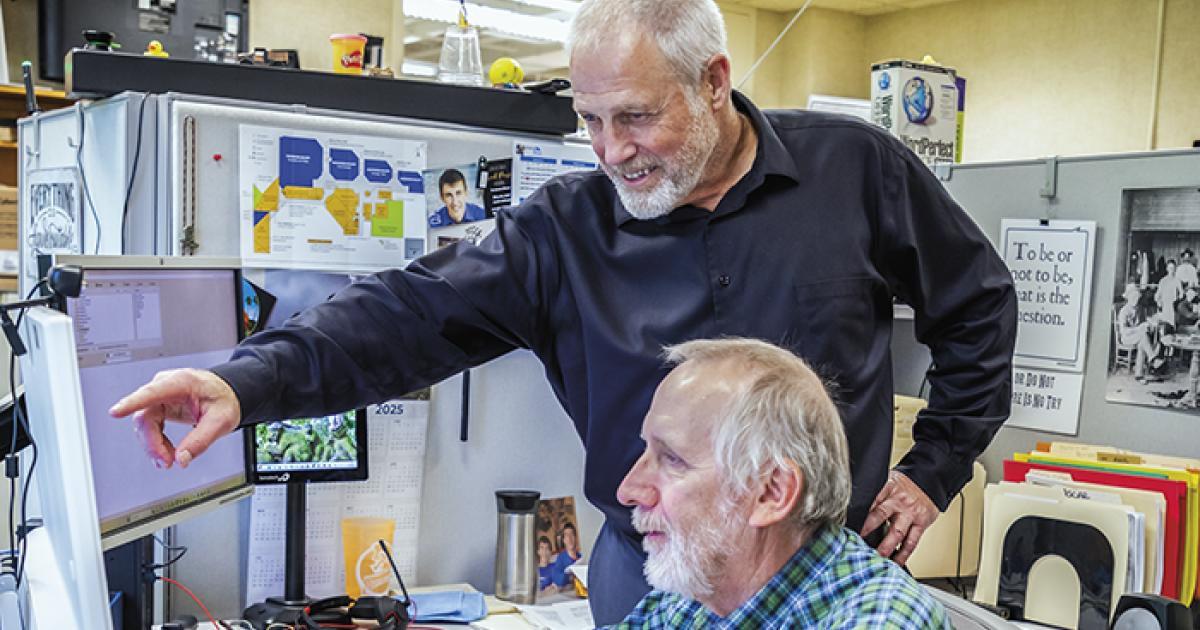Take a minute to think of your own examples of a long-game focus. Who are the people, leaders, organizations, businesses and institutions that choose the long game – exhibiting patience, thoughtful long-term planning – and collectively work toward the bigger picture or larger goal. They have the self-control to decline the quick, easy or trendy that provide mere short-term gratification.
The long-game approach has many applications, in business, investment and health, to name a few. Thinking locally, taking a long-term approach to infrastructure has drastically improved our quality of life and the communities in which we live.
Looking at the electrical cooperative system in North Dakota alone, cooperative leaders invested in a long-game strategy that accomplished a massive infrastructure buildout over several decades. I also think of David Crothers, a cooperative leader we recently lost, who championed the buildout of a fiber optic network by the state’s telecommunications cooperatives decades ago, so rural North Dakota could experience some of the fastest broadband speeds in the country. These infrastructure investments provided the jobs and critical essential framework needed for industries to grow and communities to thrive.
Much of the economic development we see today occurs because of the infrastructure placed years or generations ago. Roads and bridges that transport people and goods. Pipelines that carry water, waste and fuel. Fiber optics that transmit information. Electrical infrastructure that generates, transmits and distributes electricity.
When Great River Energy broke ground on lignite-coal powered Coal Creek Station in 1974, the long game was the focus – generating power here in North Dakota to electrify generations of consumers and co-op members. Commerce and tax dollars flowed through local communities, building schools and community facilities, beautifying parks and community spaces. Workers put down roots, raised kids and served local communities as mayors, rural firefighters and emergency service volunteers. The recent purchase of Coal Creek Station by Rainbow Energy Center means continued investment in existing infrastructure that has provided so much to McLean County and surrounding areas.
North Dakota now has a rare opportunity to expand and improve its existing infrastructure. The Bipartisan Infrastructure Law, passed by Congress and signed by President Joe Biden in November, allocates $1.2 trillion to fund roads, bridges, water projects, broadband, energy and more. Now is the time for cooperation – for industry and government to work together effectively for a better, stronger North Dakota. It is equally important to ensure equitable funding is given to rural places that produce the food, energy and fiber that feeds the world.
Infrastructure leads to long-term prosperity and growth, connects people and communities, enables trade, improves livability and creates opportunity. Infrastructure is transformational, providing long-lasting economic and social impact for generations.
So, I ask, are we here for the long game?
Josh Kramer, editor-in-chief of North Dakota Living, is executive vice president and general manager of NDAREC. Contact him at jkramer@ndarec.com.










